MISERY Explained: Annie Wilkes as an Angel of Death
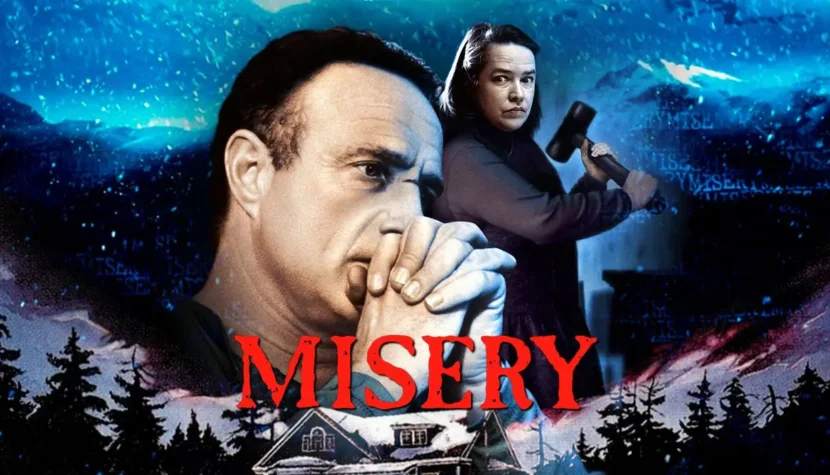
The baby seems so fragile, so helpless, and they find themselves realizing they have no idea how to act or what to do to avoid unintentionally harming it. They can only place their trust in the experience of hospital staff—doctors, midwives, and nurses who have witnessed thousands of births, handled countless cases, and will surely provide the newborn with proper care.
This very mechanism makes the crimes committed by Genene Jones all the more horrifying and incomprehensible. Between 1977 and 1982, this neonatal nurse murdered at least eleven infants (although estimates suggest the true number might reach as high as fifty). Her method involved administering a toxic mix of drugs to push babies to the brink of collapse, only to swoop in and “rescue” them at the last moment. The goal? To bask in the glory of being seen as a hero. Tragically, in many cases, her “help” either came too late or proved ineffective. Misery
Jones was questioned multiple times and repeatedly cleared of suspicion until January 1982, when she was finally brought to trial for the murder of a four-week-old infant. In her first trial, she was sentenced to 99 years in prison, followed by an additional 60 years in a second trial. Her case shocked the public and shook trust in the healthcare system, much like other instances involving so-called “angels of death,” such as Jane Toppan, Harold Shipman, Richard Angelo, and nurses Beverley Allitt and Kristen Gilbert.
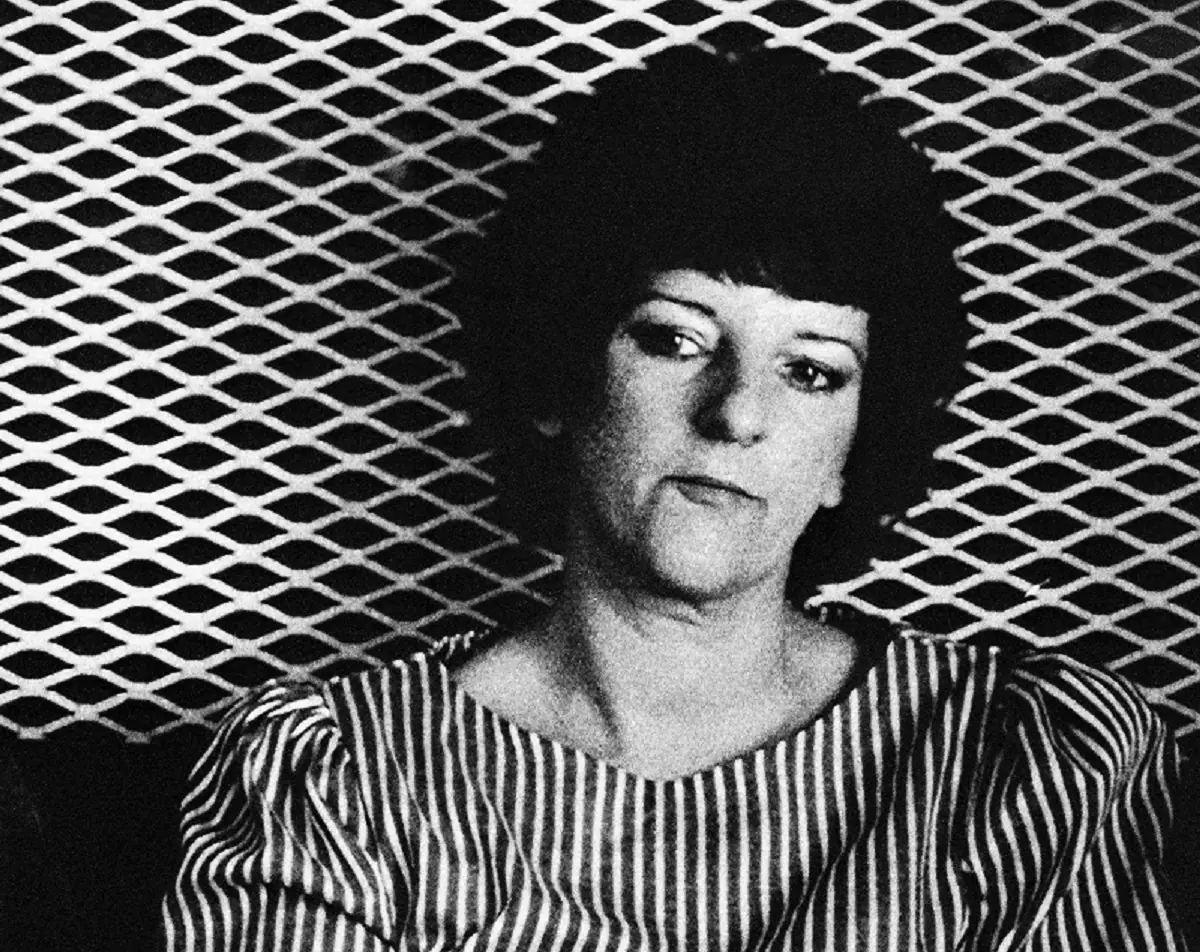
The typology of angels of death identifies three primary motives behind their actions. The first is the belief—justified or not—that they are liberating their victims from suffering and fulfilling their (even unspoken) wishes. The second is classic sadism and a sense of control over a defenseless patient entirely dependent on their caregiver. The third is the hero syndrome, where they push a patient to the brink of death to revel in the glory of being the savior or to draw attention to themselves if their efforts fail.
The character of Annie Wilkes is partially inspired by Genene Jones, combining elements from all three types of “angels of death.”
Paul Sheldon, a popular writer and author of the highly successful Misery Chastain series, has just completed the final book in his saga. The last chronologically, and as he hopes, the last overall—Sheldon wants to leave behind his heroine and tackle more artistic material. Being a superstitious man, he also follows his regular ritual—a glass of Dom Perignon champagne and one cigarette, even though he quit smoking many years ago. Then, his manuscript is placed on the back seat of his car, and Paul sets off, eager to leave the small, run-down town and return to civilization. However, he does not anticipate the sudden snowstorm. A moment of inattention, a skid, and Sheldon loses control of the car, which flips off the road and crashes into a snowbank. The driver is badly injured, semi-conscious, and disoriented, but fortunately, a mysterious savior comes to his aid.
This is how we meet Annie Wilkes
At first, neither we nor Paul have any reason to be concerned. Annie behaves entirely rationally. As a nurse, she knows exactly what she’s doing, is professional, helpful, and kind, and promises that as soon as the roads are passable and the phones are working, she will call an ambulance and inform Paul’s loved ones about his situation. Of course, she also reveals that she is a devoted fan of Paul’s work, but what’s strange about that? After all, the series is immensely popular, and there are certainly no shortage of Misery fans (and admirers of its creator), especially among lonely housewives.
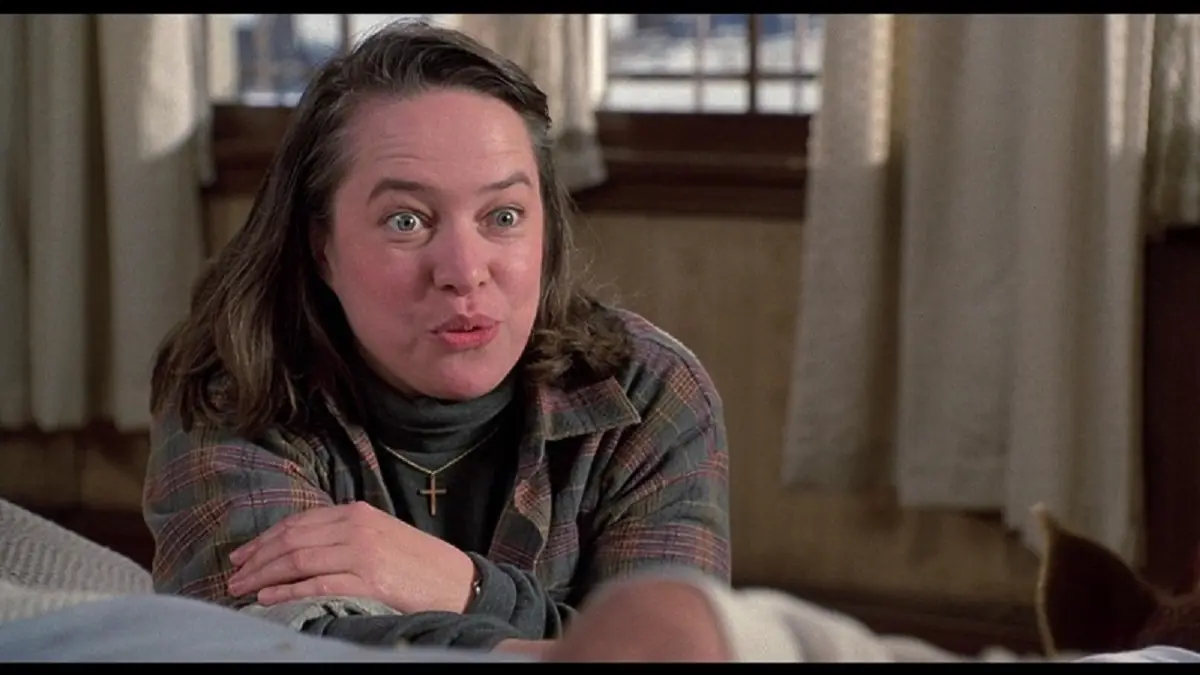
The first warning signal, however, doesn’t take long to appear. In a gesture of gratitude for saving his life, Sheldon allows Annie to read his unpublished manuscript. The first outburst of anger comes in response to the language, which Annie considers vulgar and crude—outraged, she yells at Paul, only to completely calm down in the next moment and even apologize for her behavior. However, it is the ending of the book, where Misery dies, that completely shatters Annie’s fragile composure. Paul watches in horror as her face contorts with true fury, slowly realizing that he has become a prisoner at the mercy of an unstable woman, completely dependent on her.
Annie Wilkes’ case contains enough to give any psychiatrist a severe headache, as she is a walking catalog of various disorders—the inspiration drawn from Genene Jones and the concept of the angel of death is just the tip of the iceberg. Annie is an incredibly impulsive person, constantly tormented by an uncontrollable swing of moods and emotions. She can go from anger to calm tenderness in an instant. Her focus on her own emotions goes hand in hand with a lack of true empathy for the feelings of others—specifically, for the real, living individuals she interacts with. She functions much better in an imagined reality, where the heroine of her beloved book is a real person.
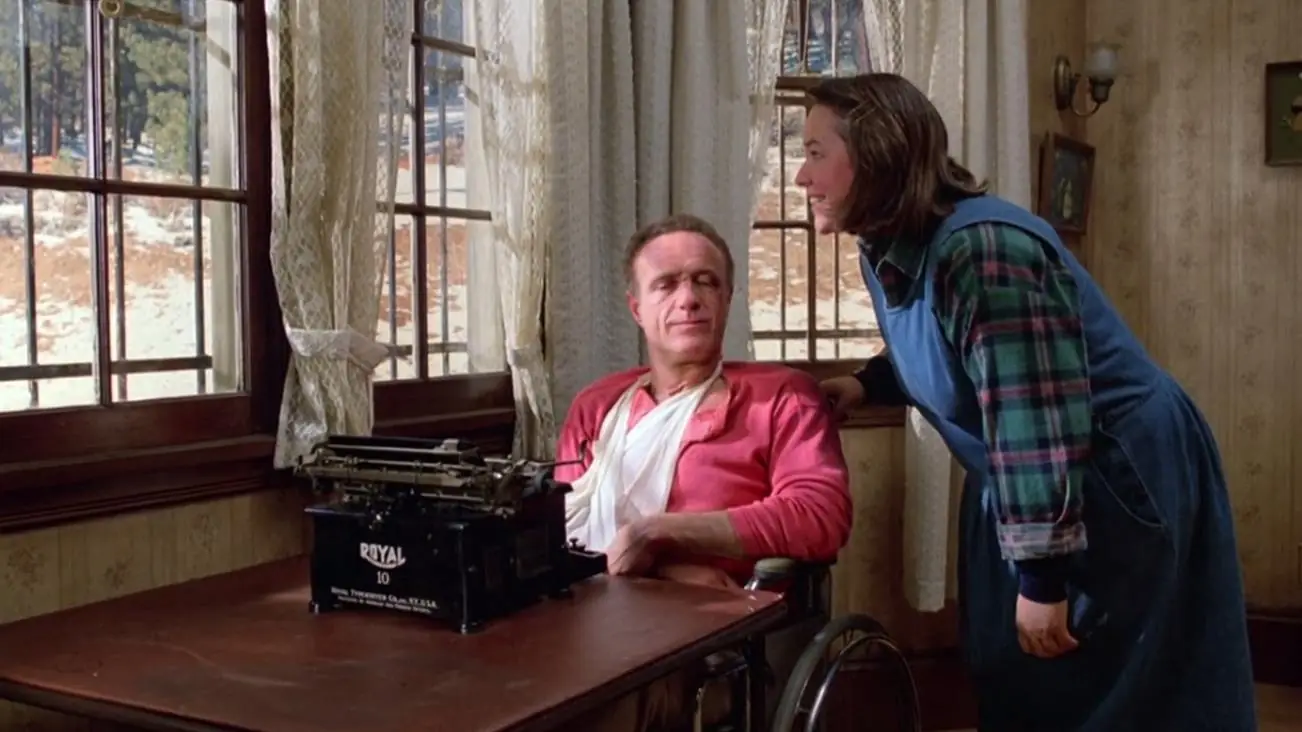
For Annie, literary emotions are more genuine than reality, perhaps a defense mechanism that helps her escape from pain. At the age of eleven, Annie witnessed (it’s unclear whether she was also the cause) her father’s death. This was her first experience of abandonment, likely contributing to her later fear of being left behind or rejected. Annie easily shifts from idealizing the object of her affection to feeling angry disappointment, disillusionment, and contempt. She is incredibly easy to disappoint, betray her trust, and in doing so, provoke a desire for a brutal reaction. Annie goes from love to hate and from hate to love in the blink of an eye. She also experienced abandonment by her husband, whose departure she was “completely unprepared” for. One can easily assume that her conversations with Paul Sheldon mirror the conversations she had with her husband—demanding recognition, acknowledgment of her efforts, her worth, and the work she put in, while constantly feeling unappreciated and devalued.
In an earlier moment, when she is furious about the vulgar language in Paul’s book and pours soup on his bed, she uses a telling line: “Look what you made me do.” This is a classic phrase used by parents who abuse their children, a form of self-justification that also appears in cases of marital aggression. It’s likely that for Annie, this phrase is a reminder of a trauma from her youth. Her peculiar, childlike language and behavior—such as bouncing with joy and collecting trinkets—indicate a fixation on her early childhood years, when she may have been severely punished for what her caregivers deemed inappropriate and indecent. All of these behaviors classify Annie as someone with an emotionally unstable personality, likely suffering from borderline personality disorder. It’s worth noting that aggression and violence in individuals with this specific disorder are actually far less common than Hollywood often suggests.
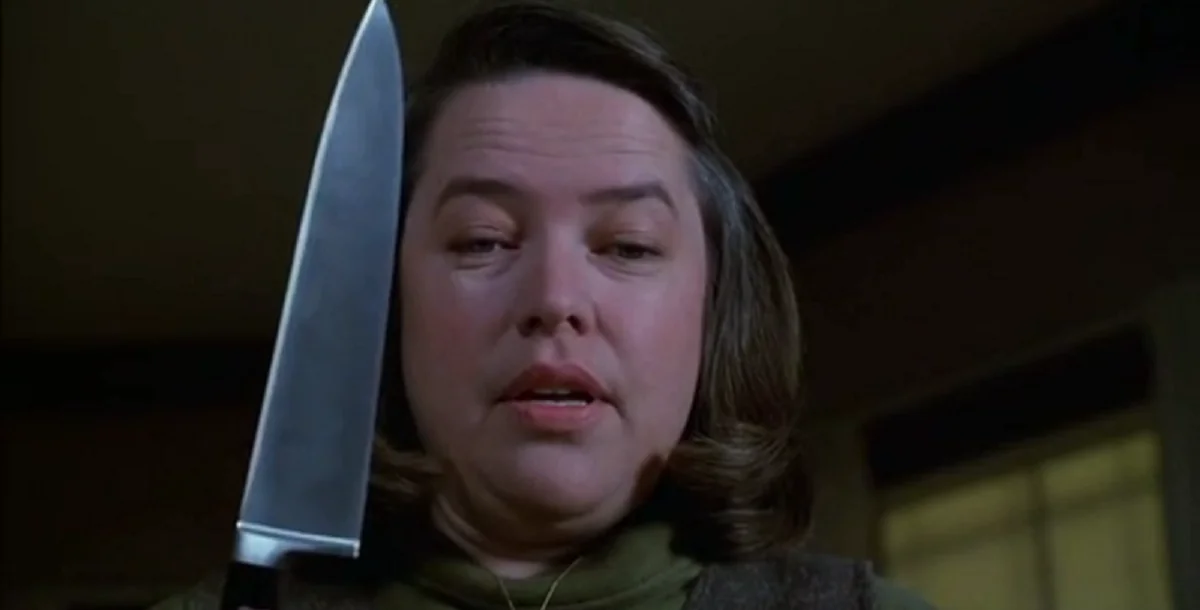
Annie’s inability to form a lasting, healthy relationship, combined with a deeply low sense of self-worth and the resulting need for constant affirmation and recognition, drives her to create an imaginary world—a fantasy world built on the adventures of Misery. In her adoration of Paul Sheldon and the growing romanticization of their relationship, Annie fits the classic profile of a stalker. The longer she stays with Paul, the more the boundaries between the real situation and the one she’s fabricated blur. Her vision of romance is directly drawn from tacky novels, much like her unrealistic idea of a suicidal pact between lovers.
In the notebook filled with clippings, Paul discovers a carefully collected record of her probable crimes. It’s from here that he learns of her past as an “angel of death,” a nurse suspected of killing several children under her care. Likely, Annie’s primary motivation in this particular case was her longstanding desire for recognition and applause. The death of a college friend is less clear—perhaps it was driven by jealousy of that woman’s success, which cast Annie into the shadows, or maybe it was another person who unknowingly committed what Annie perceived as a betrayal. Annie’s emotional instability is paired with mood disorders, swinging from euphoria to depression. In the film, we see one clear depressive episode suggesting suicidal thoughts. In the book, there is also mention of self-harm and episodes of compulsive overeating. All of these elements fit within the spectrum of symptoms seen in patients suffering from borderline personality disorder.
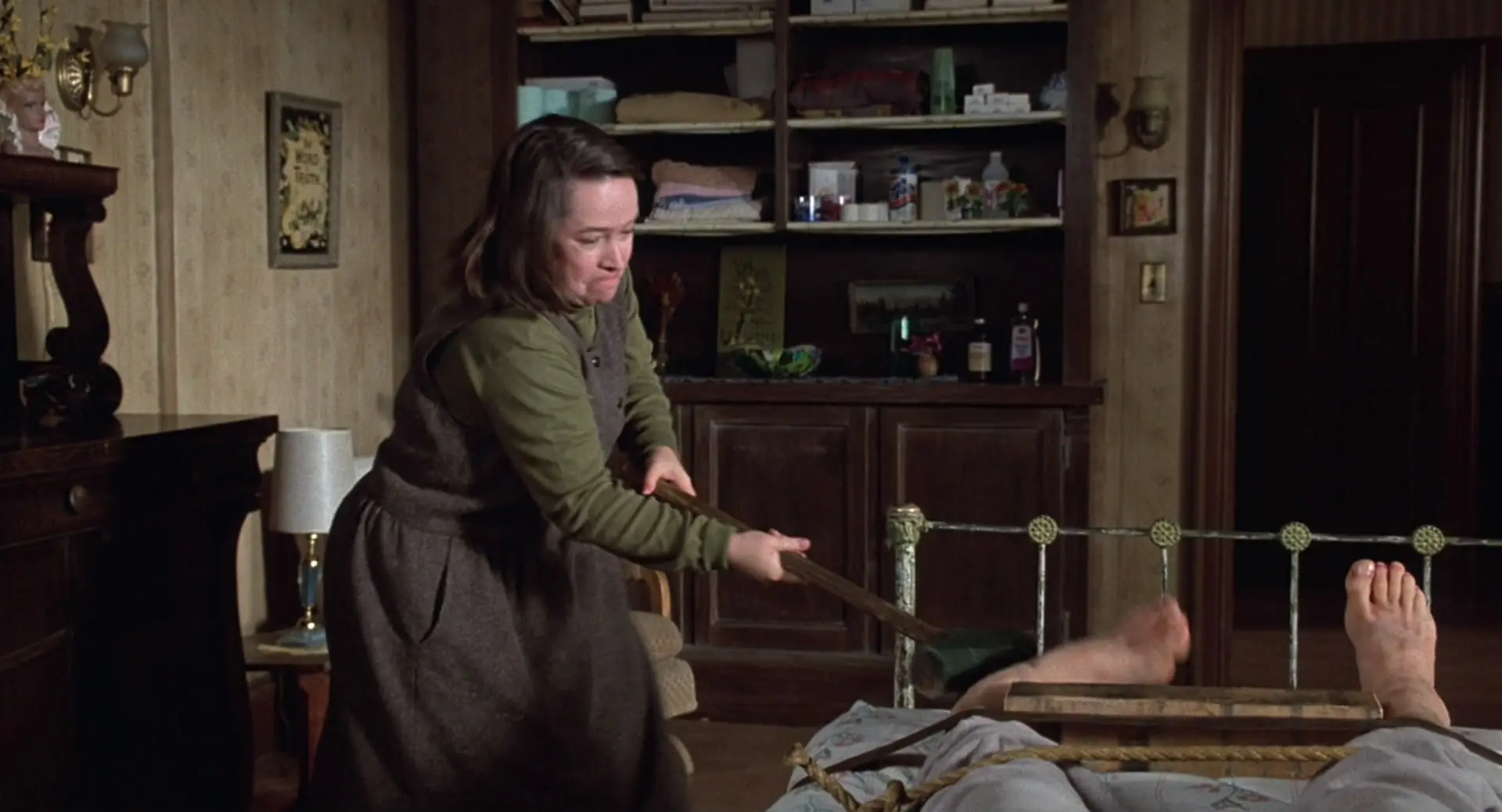
This alone would be enough, but Annie also exhibits traits of other disorders. Her life on the fringes, lack of proper social relationships, solitude, and escape into a rich fantasy world align with a schizoid personality type. People in this category typically have significant difficulty forming relationships based on true intimacy and physical contact with a real person. They do best in situations where their partner is an almost invisible pawn, a paper figure without expectations, demands, or needs. Caring for Paul, who is confined to a wheelchair, fully satisfies her vision of a relationship.
Annie’s eccentric behaviors might also suggest schizotypal disorder. In its milder form, this is often seen by others as an independent lifestyle of a great original. Such a person has their own unique set of beliefs, conjures reality through magical thinking, believes in signs, and adjusts their behavior accordingly. They often have conversations with a deity, seeking confirmation of the righteousness of their actions or further guidance. Their vocabulary is often elaborate, flowery, old-fashioned, or otherwise unusual, and their attire is consistently in line with their unique personal style.
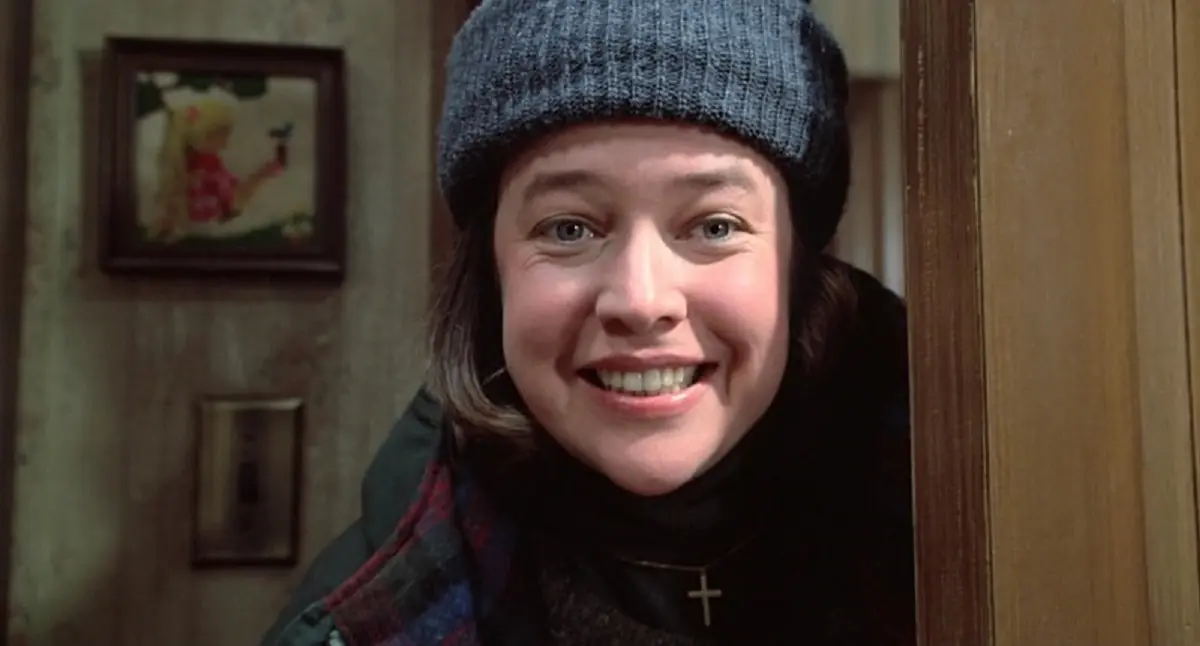
For Annie, her deep faith and the accompanying belief in direct communication with God stands out. She believes she has been assigned the mission of “turning Paul onto the right path”—in other words, writing the continuation of Misery‘s adventures. However, it’s important to note that the “conversation with God” also comes up during her confrontation with Sheriff Buster, where it is a lie, a manifestation of manipulation. We cannot be sure if this is the case every time. Annie has no qualms about lying—she does so naturally and with conviction, quickly finding excuses when her words are challenged. This skill no doubt served her well during her trial and likely developed during her childhood as a defense mechanism against parental complaints and a way to avoid punishment.
Annie also undeniably exhibits sadistic tendencies. In the book, these tendencies are more exaggerated and almost grotesque, while in the film, her brutal actions are toned down (which, in this case, benefits Misery). Annie’s sadistic behavior is not linked to the pursuit of sexual gratification, as she is emotionally and sexually stunted, remaining at the level of a romantically fantasizing adolescent who believes physical intimacy to be dirty and unrefined. She does not fit into the narrative of ideal love or pure soul connection. Annie resorts to violence as a way to express anger or establish boundaries of control. Towards Paul, she becomes a sadistic “angel of death,” deriving pleasure from wielding power over a defenseless person in her care. When she kills and attempts to save children, she constructs a façade of heroism. Her idea of a joint suicide, on the other hand, reflects a fantasy of mercy and fulfillment—liberating two loving souls from the chains of a hostile world.
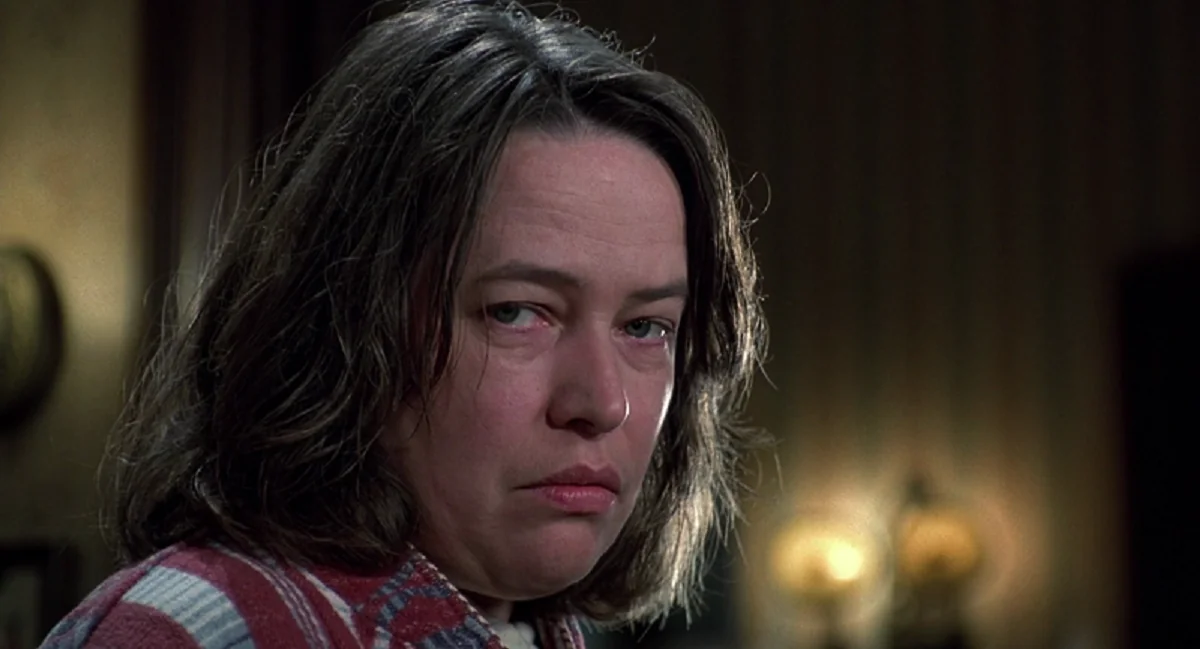
The key point here is that for Annie, killing is not an end in itself. It serves as a means to an end—removing obstacles or a reflexive act of vengeance. It becomes a necessary step to regain control over a situation. Over time, it transforms into an almost automatic action, a simple, inevitable part of existence that she must accept. The combination of such behavior with the tenets of the faith she follows must have involved a range of defense mechanisms—repression, rationalization, splitting, dissociation—all of which further exacerbate her emotional instability and poor impulse control, especially regarding anger. And so, the cycle continues. Annie even directly suggests that her mind and memories are sometimes “shrouded in mist.”
It remains a matter of debate whether Annie experiences feelings of guilt and self-loathing “after the fact,” something often characteristic of borderline personality disorder. She apologizes for her outbursts of anger, trying to make up for her fury with waves of tenderness, certainly. But what about the murders? In this case, Annie’s obsession with the fantasy world she creates likely helps her cope. The fictional rules of this world become her own.
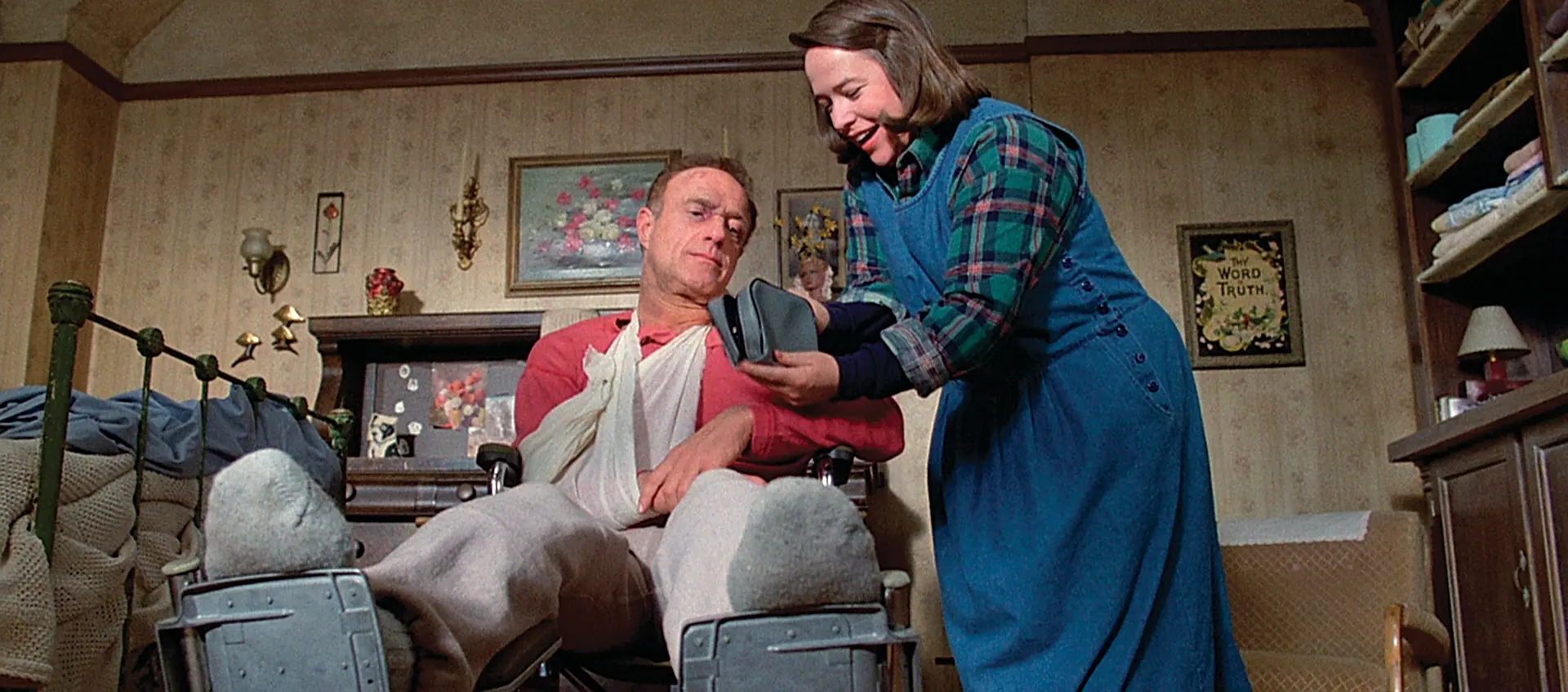
After all, much is forgiven of the hero in a romance, isn’t it? Above all, Annie longs to be that kind of heroine. Additionally, she mitigates her discomfort by obsessively controlling her surroundings, possibly to the point of developing a compulsive disorder (the porcelain penguin must always face north). Given the number of disorders Annie exhibits, the presence of yet another one hardly comes as a surprise.

